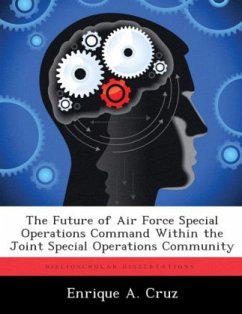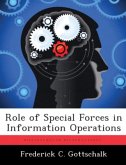This study examines challenges facing Air Force Special Operations Command (AFSOC). The current struggle against global terror has placed many of its assets in high demand and persistently on the move. Additionally, many of the requirements to support both conventional and special operations forces (SOF) place AFSOC in a difficult position; therefore, AFSOC has to grapple with conflicting requirements from its two bosses, US Special Operations Command (USSOCOM) and the Air Force. However, in order for AFSOC to remain relevant in current and future conflicts, it must focus on its primary user, the joint special operations community. Nearly three decades after the debacle at Desert One, the joint special operations community finds itself at the front of action across the full spectrum of operations. This has led to both USSOCOM and AFSOC's dramatic increases in not only their utilization, but also their missions and roles. As USSOCOM prepares for the future through capabilities-based planning, AFSOC must also evaluate its mission and vision to provide the joint SOF community and combatant commanders, the finest unconventional and specialized air power. By understanding USSOCOM's future goals and vision, AFSOC will be able to determine what it must plan for now and the future.








